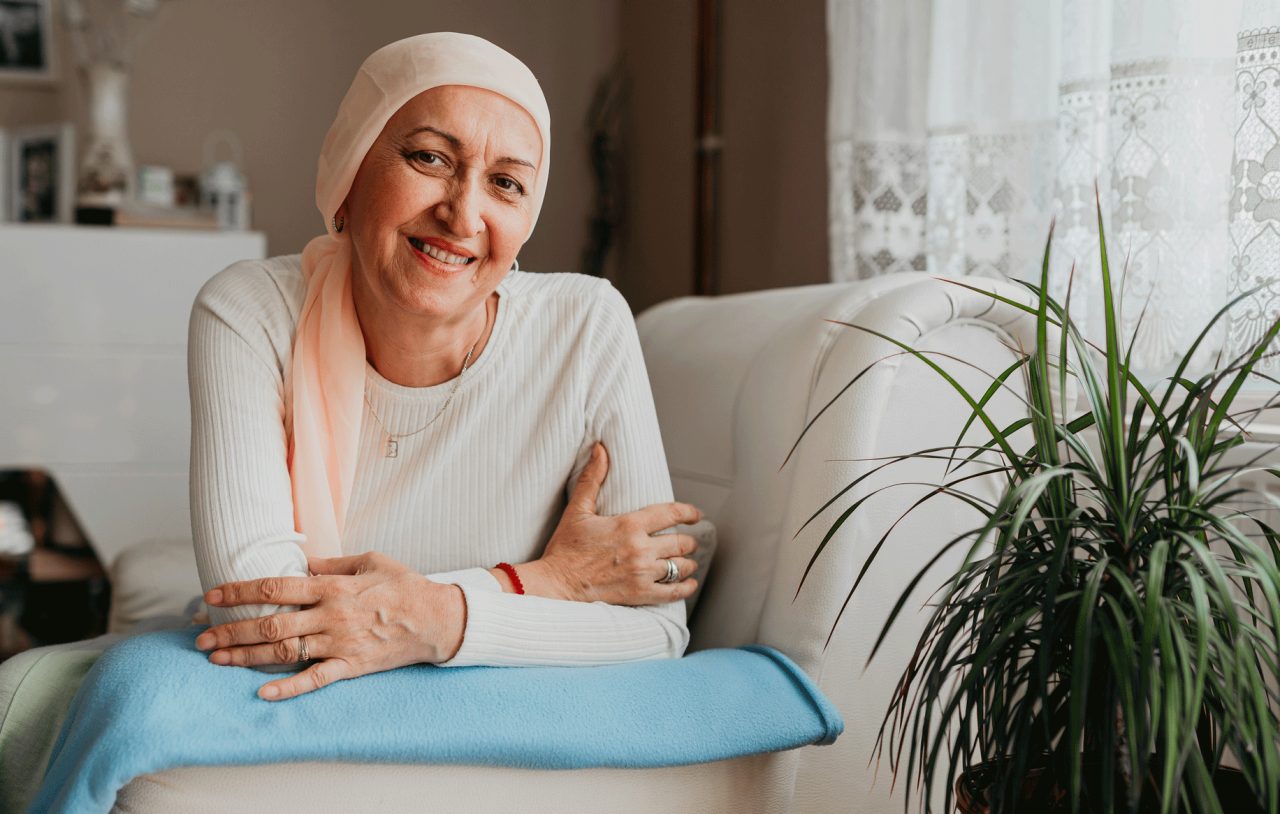What Is Chemotherapy?

Unlike surgery and radiation, which work directly on a tumor, chemotherapy can kill cancer cells that have spread far away, but it can affect other parts of your body.
What is chemotherapy?
When people speak of chemo, they mean chemotherapy drugs used to destroy cancer cells.
In general, they attack cells during specific parts of the cell cycle, which is faster in cancer cells.
The drugs aim to prevent cancer cells from growing, dividing, and making more cells.
Because chemotherapy is a systemic treatment that travels through your whole body, it can kill cells that have spread far from the original tumor. But it also damages healthy cells as they go through their normal cell cycle. This is why chemotherapy can cause side effects like hair loss and nausea.
Sometimes patients need only one drug. Often, however, patients receive several drugs in a certain order or together (called combination chemotherapy). Each drug attacks the cancer in a different way. Using more than one drug also helps to prevent the cancer from developing resistance.
Cancer treatment is complex. Chemotherapy may be used alongside drugs with other purposes. Targeted therapy focuses on certain parts of cancer cells. Immunotherapy boosts your immune response. Hormone therapy removes, blocks, or adds certain hormones to your body.
Patients often also receive radiation or undergo surgery, which are considered local treatments because they focus on the original tumor.
YOU MIGHT ALSO LIKE: What Is Radiation Therapy?
What are the goals of chemotherapy?
Ideally, the goal is to cure — to make a cancer go away and not return. But it can take many years to be sure a cancer has been cured.
In some cases, chemotherapy can only shrink a tumor or keep it from growing and spreading. This is called controlling a cancer.
In other cases, when a cancer is advanced and cannot be controlled, chemotherapy is intended to ease symptoms — for example by shrinking a cancer that is causing pain. This is called palliative care.
Chemotherapy may be used to shrink a tumor before surgery or radiation therapy. This is called neoadjuvant therapy.
It may be used after surgery or radiation therapy to help kill any remaining cancer cells in your body. This is called adjuvant therapy.
What are the main types of chemotherapy?
Cancer treatment is full of new terminology. Ask your doctor for explanations. It is important that you understand enough about your treatment to feel optimistic and confident that your doctors have made reasonable decisions.
Some terms you may hear, describing different types of chemotherapy, include:
- Alkylating agents
- Antimetabolites
- Anti-tumor antibiotics
- Topoisomerase inhibitors
- Mitotic inhibitors
- Plant alkaloids
How does your doctor plan chemotherapy treatments?
You and your cancer doctor (oncologist) will decide which drug, or combination of drugs, is best for you. Your doctor will choose the doses, how many treatments you will receive, how often you’ll receive them, and how the drugs will be delivered.
These are strong medicines with a fairly narrow range for dose safety and effectiveness. If you receive too little, the drug may not do its job. Too much, and the side effects become dangerous. So, doctors must calculate chemo doses very carefully.
Sometimes they draw on research with clinical trials that determined the best choice of doses and schedules for each chemo drug. In that case, it’s important to get a full course, the full dose, and stay on schedule.
But some cancers may be less well understood. Children and the elderly may be more sensitive. People who are obese, have low blood cell counts, or have liver or kidney disease may not be able to tolerate full doses.
According to the American Cancer Society, an oncology team considers:
- The type and subtype of cancer
- The stage of the cancer (how far it has spread)
- Results of other tests on the tumor, such as biomarkers
- The patient’s age
- The patient’s overall health and current medications
- Other serious health problems
- Types of cancer treatments given in the past
A standard schedule usually includes days or weeks without treatments to give normal cells time to recover from drug side effects. Sometimes patients receive a drug for several days in a row or every other day.
The number of cycles you receive may be decided in advance, or it may alter as doctors monitor the effects.
Where do patients receive chemotherapy?
Depending on the drug and your health, chemotherapy may require regular visits to a medical facility for shots or IV injections. You can take some drugs orally or apply them as a cream at home.
Updated:
November 21, 2022
Reviewed By:
Janet O'Dell, RN